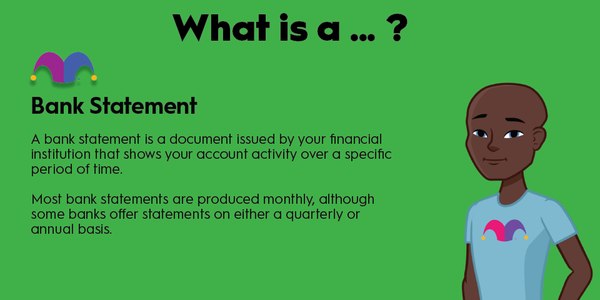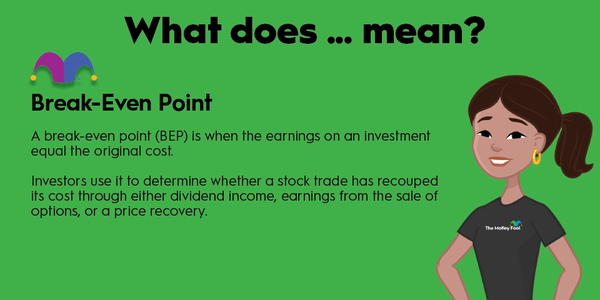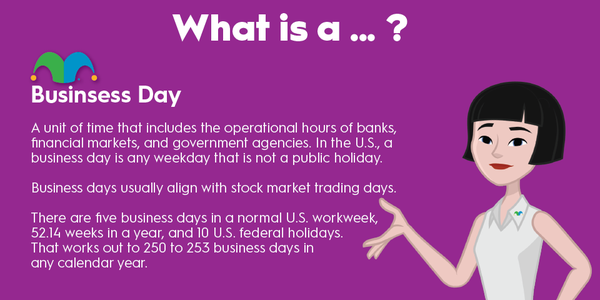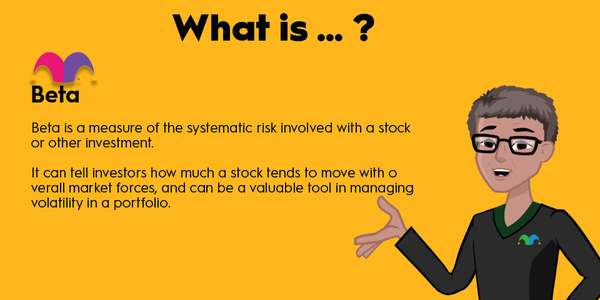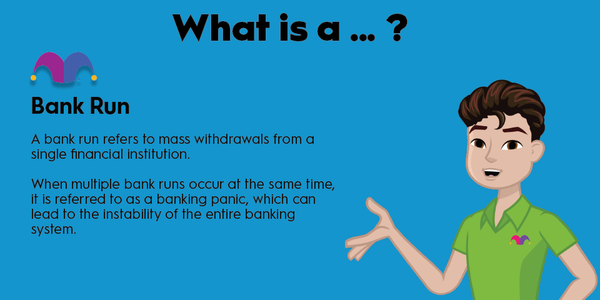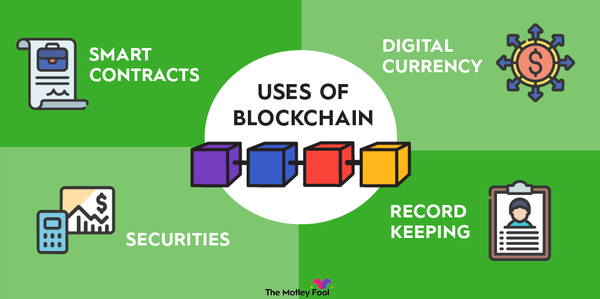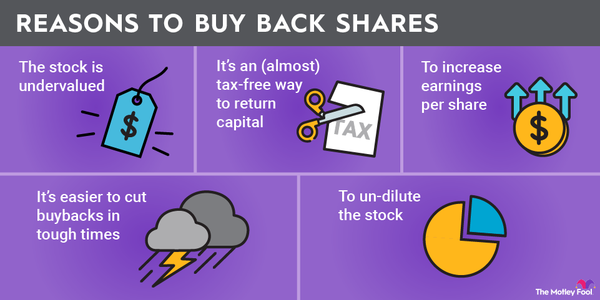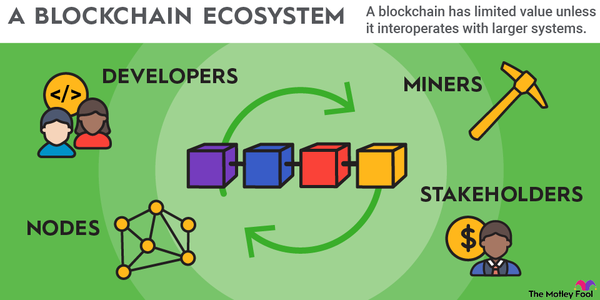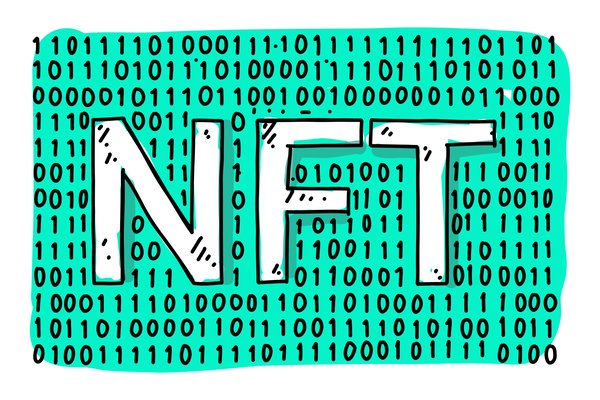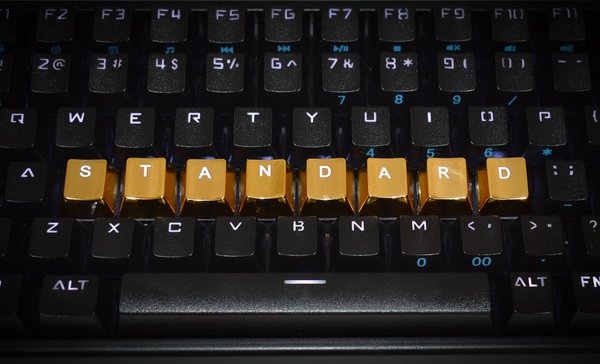One of the special things about cryptocurrencies is that they're decentralized. They process transactions without any central authority, meaning they don't require a bank or payment processor. Instead, a network of blockchain nodes validates transactions and secures the network.

What is it?
What is a node in blockchain?
A blockchain node is a device, usually a computer, that participates in a blockchain network. It runs the blockchain protocol's software, allowing it to help validate transactions and keep the network secure. Blockchain nodes communicate with each other. The more nodes there are, the more decentralized the network is.
With most blockchains, anyone can set up a node. If you want to run a node for Bitcoin (BTC -1.89%), you can download the Bitcoin Core software on a computer. There are exceptions; some blockchains, like Ripple, only allow certain nodes to participate. However, the majority of the blockchain networks follow Bitcoin's lead and let anyone join.
How does it work?
How does a blockchain node work?
The main roles of a blockchain node are broadcasting and validating transactions. When a user submits a transaction, it’s received by a node, which broadcasts it to the rest of the network. All the nodes in the network check the transaction to make sure that the sender has the funds available and is authorized to send them.
The fact that every node verifies transactions helps secure the network. An invalid transaction could only be approved if 51% of the nodes confirmed it. In blockchain networks with hundreds or thousands of nodes, it's extremely unlikely that a bad actor would be able to take over 51%. It's always worth researching how a specific blockchain's nodes work if you're considering investing in a cryptocurrency so that you can get a more accurate idea of how secure it is.
After new transactions are validated by the nodes, they're grouped into blocks. Each new block is added to the blockchain following the rules of its consensus mechanism, which are enforced by select nodes called full nodes.
Blockchain nodes and miners
Blockchain nodes and miners
Many blockchains, including Bitcoin, use cryptocurrency mining to validate transactions. This system has blockchain nodes and miners. A miner is a specialized node that confirms groups of transactions and receives crypto rewards in return. Essentially, nodes and miners handle different parts of the transaction process.
The process starts with nodes validating transactions, as described earlier. Miners compete with each other to win the right to confirm those transactions. The way they do this depends on the blockchain's consensus mechanism. In the most common method, known as proof of work, miners race to be the first to solve a mathematical equation.
The winning miner assembles transactions into a block and confirms them. It then broadcasts the block to the network to be reviewed by the nodes. Each node checks that everything in the block is valid and then adds the validated block to its blockchain.
Not every blockchain uses mining or has miners. There are other consensus mechanisms that use different methods to determine who validates transactions. For example, proof of stake requires that participants lock up their cryptocurrency funds as collateral to be part of the process.
Types of nodes
Types of nodes in blockchain
The types of blockchain nodes are:
- Archival full nodes
- Pruned full nodes
- Light nodes
- Masternodes
- Mining nodes
- Authority nodes
- Staking nodes
- Lightning nodes
A single blockchain won't have all these types of nodes. The configuration depends on the blockchain and its specific needs. Here's a summary of each type of node in a blockchain:
Archival full nodes
An archival full node stores the entire blockchain ledger, meaning all the transactions from the beginning to the most recent. This type of node needs to have a large amount of memory available since blockchains can take up quite a bit of space.
Pruned full nodes
A pruned full node has a set memory limit. It downloads the blockchain, and then it deletes blocks starting with the oldest. This process is known as pruning, and blocks aren't fully deleted since their metadata and sequence remain. After pruning, this node will hold the most recent blockchain transactions up to its limit. For example, if the size limit is 1 GB, it will hold the most recent gigabyte of transactions.
Light nodes
A light node only downloads and stores block headers. Because it sticks to the essential data, it relies on full nodes to function and is used to process fast, simple transactions.
Masternodes
A masternode is a type of full node that validates transactions and maintains a record of the blockchain, but it can't add blocks to the blockchain.
Mining nodes
A mining node participates in the cryptocurrency mining process. Mining nodes are selected based on the blockchain's consensus mechanism. For example, with proof of work, the first mining node to solve a mathematical problem gets to confirm a block of transactions. A mining node may consist of one miner or a mining pool, which is a group of miners working together.
Authority nodes
An authority node is one that has been elected by the organization or community managing a blockchain. It's found in blockchains that have a vetting process required to be a node. For example, blockchains that use a proof-of-authority system only use approved nodes run by node operators who have provided identifying information.
Staking nodes
A staking node locks up cryptocurrency funds as collateral, which is known as staking. Blockchains that use a proof-of-stake system select staking nodes to confirm blocks of transactions. A staking node may consist of one user or a staking pool, which is a group of users who pool their crypto funds to have a better chance of being selected to confirm blocks.
Lightning nodes
A lightning node creates a separate network for users to connect to off the blockchain, enabling off-chain transactions. The transactions are processed and then submitted to the main blockchain. Lightning nodes are useful on congested blockchain networks with slow processing and high transaction fees. These nodes allow for low-cost, near-instantaneous transactions.
How to create nodes
How to create nodes in blockchain
It's simpler than you might think to set up a blockchain node. There are only three steps:
- Get the appropriate node hardware. You can set up a node on your computer, but it can affect performance, so many node operators run their nodes on dedicated devices.
- Download the blockchain node software and install it on your machine.
- Run the software every day. You don't need to run it all day, but the blockchain may have a minimum requirement.
The most important factors in setting up a blockchain node are your hardware and your internet connection. You need a device with enough memory, especially if you're going to run an archival full node that stores the entire blockchain. Blockchain nodes also upload a considerable amount of data, so check the upload limits on your internet plan to avoid any issues.
Nodes play a crucial role in blockchain security. For users who want to support a cryptocurrency project, setting up a node is one of the best options.


